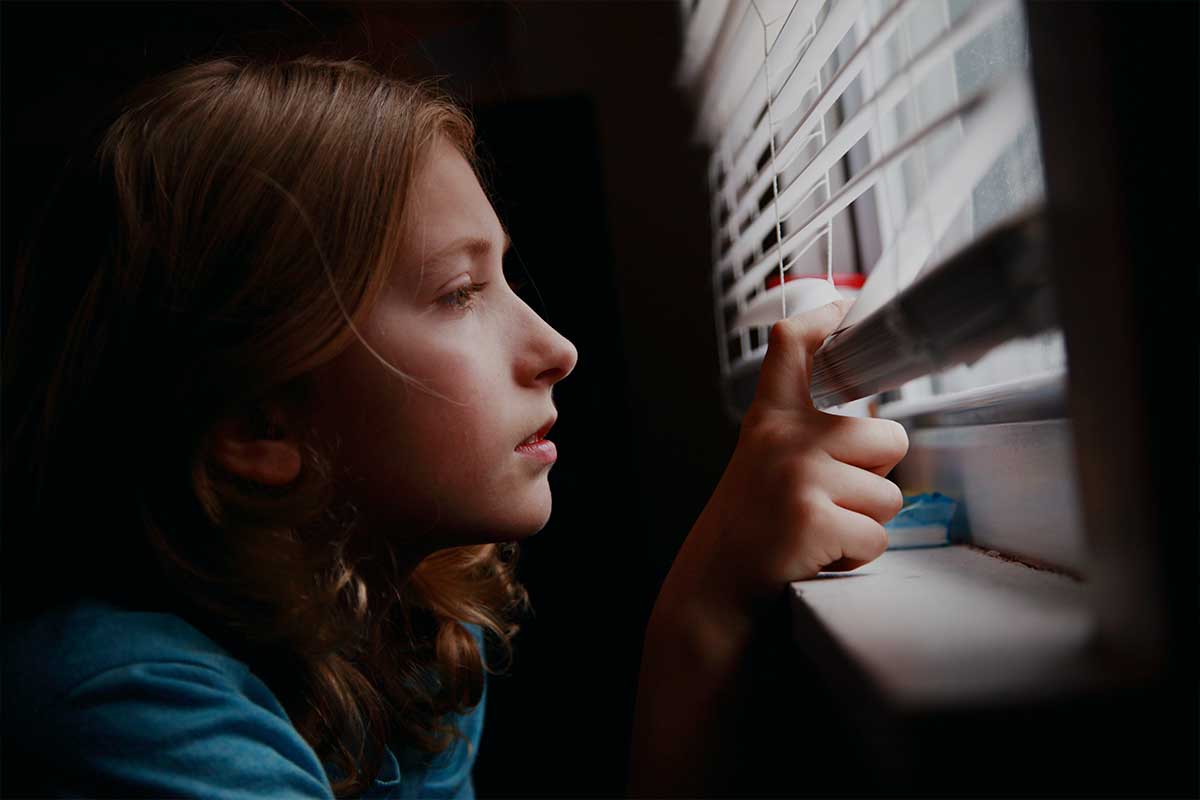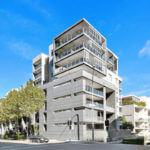Current evidence suggests that novel coronavirus may remain viable for hours to days on surfaces made from a variety of materials. Scientists found that coronavirus (SARS-CoV-2) was detectable in aerosols for up to three hours, up to four hours on copper, up to 24 hours on cardboard and up to two to three days on plastic and stainless steel.
What’s the difference between cleaning and disinfecting?
- Cleaning refers to the removal of germs, dirt, and impurities from surfaces. Cleaning does not kill germs, but by removing them, it lowers their numbers and the risk of spreading infection.
- Disinfectingrefers to using chemicals to kill germs on surfaces. This process does not necessarily clean dirty surfaces or remove germs, but by killing germs on a surface after cleaning, it can further lower the risk of spreading infection.
Cleaning of visibly dirty surfaces followed by disinfection is a best practice measure for prevention of COVID-19 and other viral respiratory illnesses in households and community settings.
Routine environmental cleaning
Cleaning is an essential part of disinfection. Organic matter can inactivate many disinfectants. Cleaning reduces the soil load, allowing the disinfectant to work. Removal of germs such as the virus that causes COVID-19 requires thorough cleaning followed by disinfecting.
The length of time that the COVID-19 virus survives on inanimate surfaces varies depending on factors such as the amount of contaminated body fluid – such as respiratory droplets – present and environmental temperature and humidity. In general, coronaviruses are unlikely to survive for long once droplets produced by coughing or sneezing dry out.
It is good practice to routinely clean surfaces as follows:
- Clean frequently touched surfaces with detergent solution
- Clean general surfaces and fittings when visibly soiled and immediately after any spillage.
Frequently touched surfaces in common areas
Frequently touched surfaces in common areas or building lobbies that should be cleaned frequently with detergent solution before being disinfected include;
- Door handles (front entrances, basement doors, service room doors, doors to facilities such as pools, gyms, meeting rooms or plant and equipment rooms)
- Light switches
- Balustrades and railings
- Letterboxes
- Common area bathrooms, toilets, faucet handles, sinks and sanitary or nappy disposal bins
- Garbage areas (chutes, door handles, rubbish bin handles)
- Doors, handles and surfaces such as tables, chairs, benches in common facilities such as BBQ areas, pools, gyms, rooftops.
Minimally touched surfaces
Minimally touched surfaces such as floors, ceilings and walls should also be cleaned more regularly during a health crisis. Detergent solutions/wipes are adequate for cleaning general surfaces.















